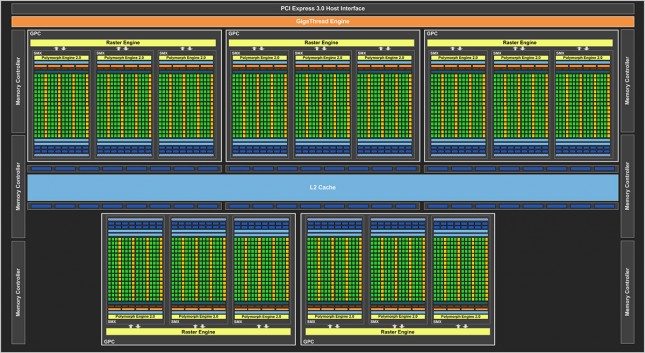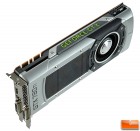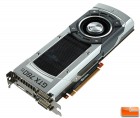NVIDIA GeForce GTX 780 Ti 3GB Video Card Review
NVIDIA GeForce GTX 780 Ti Ready To Become The Fastest Video Card
When we first told you about the NVIDIA GeForce GTX Titan video card back in February 2013, we noted that it was powered by NVIDIAs GK110 Kepler GPU and that one of the Streaming Multiprocessors (SMX unit) was disabled. Our review on the GeForce GTX Titan 6GB showed that the card was easily able to beat any single-GPU powered card on the market at the time. NVIDIA followed up the launch of the GeForce GTX Titan 6GB with the more affordable GeForce GTX 780 3GB that had two more SMX units disabled at the end of May 2013. Those two cards were all that NVIDIA needed to dominate the high-end desktop graphics card market for nearly a year. Many gamers and enthusiasts forgot that a fully enabled Kepler GK110 GPU even existed. NVIDIA had certainly not forgotten, they just didn’t mention it. NVIDIA was keeping this trump card close to their chest and waiting for the right time to unleash the beast.
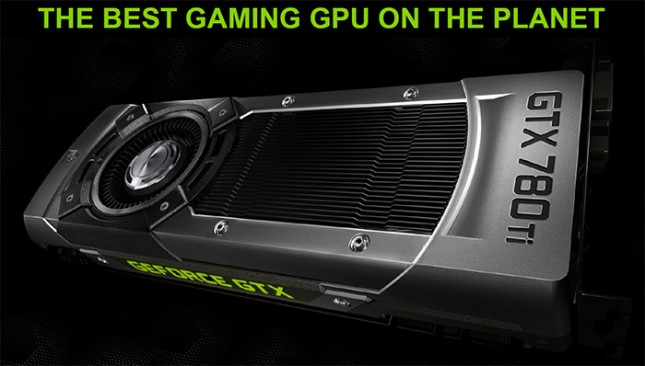
When AMD released the Radeon R9 290X video card, they claimed it was the fastest in the world and our review showed that it was overall the gaming graphics card on the market at normal resolutions and then again when we tested it on a 4K monitor. Around the time of the AMD Radeon R9 290X launch, NVIDIA announced that the would be releasing the GeForce GTX 780 Ti that would be their new flagship card. Shortly after that announcement, NVIDIA cut the prices some of the cards and said that the GeForce GTX 780 Ti would be $699. This was a very unusual move as seldom do we see NVIDIA announce a card, let alone the pricing, weeks in advance.
AMD was able to say they had the fastest video card on the planet for exactly two weeks, but now NVIDIA has released the GeForce GTX 780 Ti and claim that they now have the fastest card in the world!
Compared to the NVIDIA GeForce GTX 780, the GeForce GTX 780 Ti has had 3 extra SMX units enabled inside the NVIDIA GK110 Kepler GPU. This means that all 15 the SMX units in the 5 graphics processing clusters are now fully enabled and that the GK110 is running all out (unless there is a sixth cluster). The GK110 block diagram above shows all 15 SMX units on the GK110 Kepler GPU. Each SMX unit has 192 CUDA cores, so the GeForce GTX 780 has 2304 CUDA cores and the GeForce GTX 780 Ti has a whopping 2880! This is a 25% increase in just the number of cores and that is before NVIDIA bumped up the clock speeds!
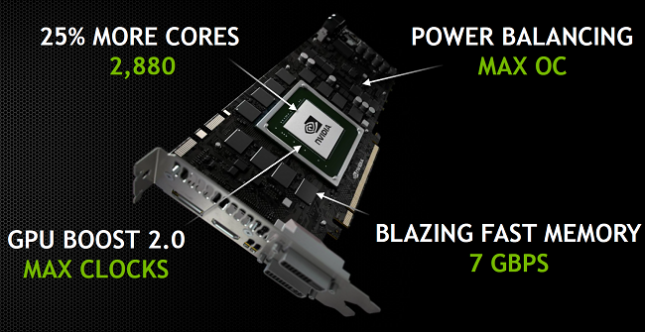
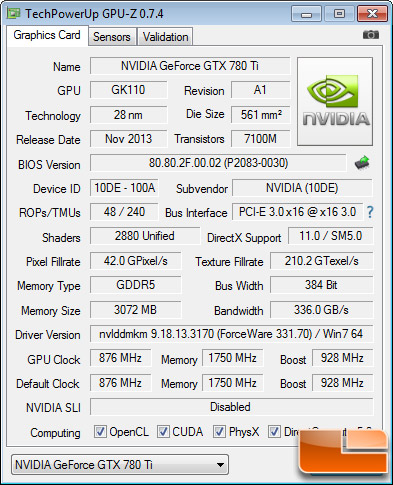
| GTX 780 Ti | GTX Titan | GTX 780 | GTX 680 | |
| GPU | GK110 | GK110 | GK110 | GK104 |
| Streaming Multiprocessors | 15 | 14 | 12 | 8 |
| Stream Processors | 2880 | 2688 | 2304 | 1536 |
| Texture Units | 240 | 224 | 192 | 128 |
| ROPs | 48 | 48 | 48 | 32 |
| Core Clock | 875MHz | 837MHz | 863MHz | 1006MHz |
| Boost Clock | 928MHz | 876MHz | 902MHz | 1058MHz |
| Memory Amount | 3072MB GDDR5 | 6144MB GDDR5 | 3072MB GDDR5 | 2048MB GDDR5 |
| Memory Clock | 7000MHz | 6008MHz | 6008MHz | 6008MHz |
| Memory Bus Width | 384-bit | 384-bit | 384-bit | 256-bit |
| Memory Bandwidth | 336.0 GB/s | 288.4 GB/s | 288.4 GB/s | 192.26 GB/s |
| TDP | 250W | 250W | 250W | 195W |
| Suggested Power Supply | 600W | 600W | 600W | 550W |
| Transistor Count | 7.1B | 7.1B | 7.1B | 3.54B |
| Manufacturing Process | TSMC 28nm | TSMC 28nm | TSMC 28nm | TSMC 28nm |
| Street Price |
$699 | $999 | $499 | EOL |
The NVIDIA GeForce GTX 780 Ti looks virtually identical to the GeForce GTX 780 as it uses the same PCB design and GPU cooler. This means that the card is 10.5″ in length and that you’ll need a 600W or greater power supply with the needed 8-pin and a 6-pin PCIe power connectors for proper operation. We have a gallery of seven PR images of the NVIDIA GeForce GTX 780 Ti graphics card that you can scroll through below.
Since there are no visual changes other than the updated name on the fan shroud well skip straight to testing.

